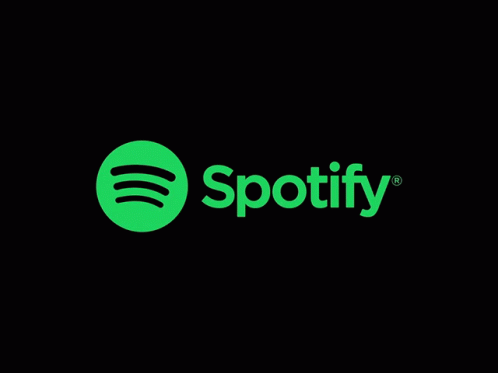As an artist you might look at your streams and wonder where your revenue is. It’s been an ongoing argument for quite some time that artists aren’t paid fairly by streaming stores. Whatever your opinion on this, it’s important to know what will count as a legitimate stream and what won’t.

 What counts as a legitimate stream?
What counts as a legitimate stream?
You might think, just spamming the stream is a great idea. Unfortunately this isn’t the case. You’re either going to not have a full stream, and therefore it won’t count, or you’re going to end up fraud streaming your work. Even if you haven’t intentionally performed a fraud streaming action, Spotify will still treat you the same as if you had. They can’t judge it on a case by case basis, so they have to have the same rule for everyone, which is completely fair. However, it can seem unfair if you didn’t realise what you were doing was wrong.
Here are what you need to achieve for a legitimate stream
- Track must be listened for a minimum of 30 seconds – Skipping to the 30-second mark doesn’t count either.
- Don’t mute the track – This should be pretty obvious, after all, if you’re earning streams legitimately then why wouldn’t you actually listen to it?
- Using a VPN won’t count – Many people use VPNs in their daily lives but using one on Spotify won’t count the stream.
- Spotify count streams when the listener goes online – This must happen once every 30 days.
It’s important to be aware that it doesn’t matter whether a listener is on the free or premium plan. Both will count as a stream. The main thing really is to actually listen to the track. It makes sense. If you’re not listening to it properly then why should it count as a stream? Hopefully these points will help you understand why those numbers aren’t appearing, despite your friend promising they listened. Spotify for Artists will become your best friend. It’s one of the better streaming stores for providing artists with information about their tracks.






